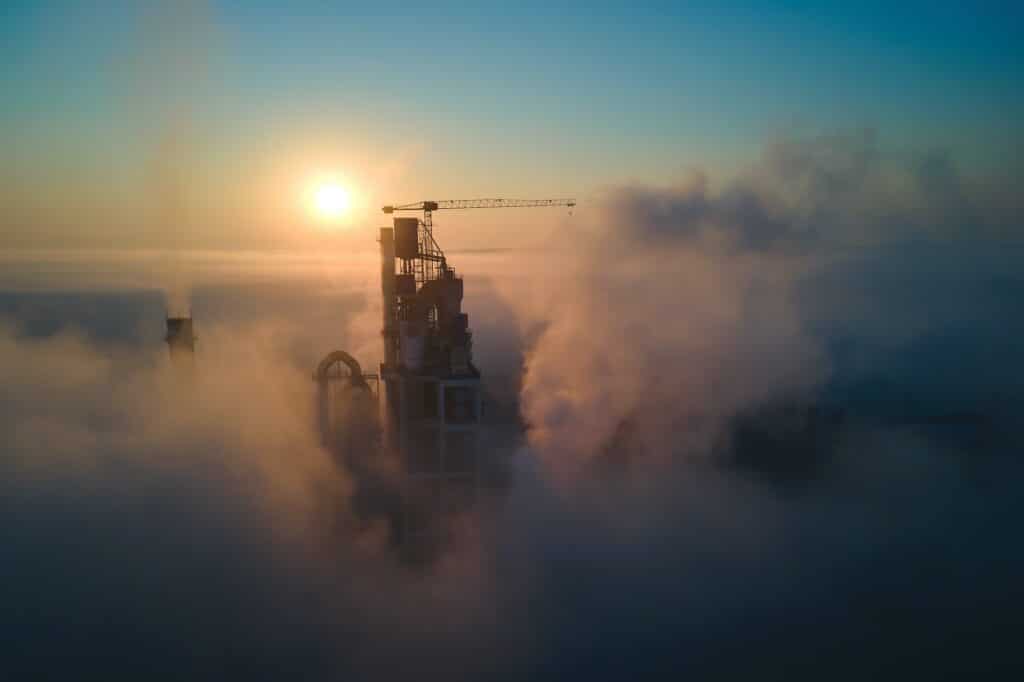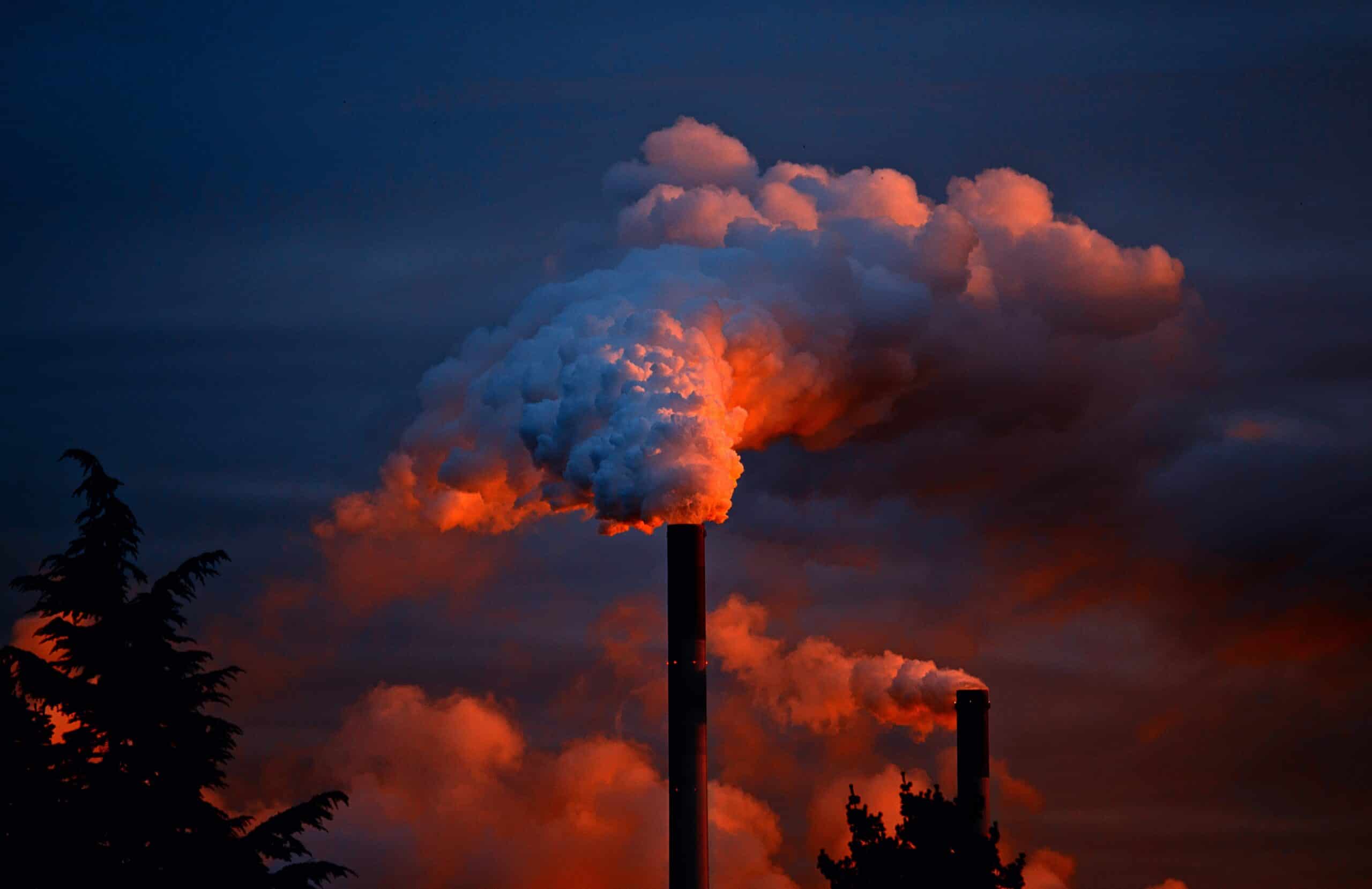
The global building industry could be to blame for the increase in carbon dioxide (CO2) emissions through concrete production.
Each year, 4.4 billion metric tons of concrete are produced, which is a rapid increase in demand from the early 2000’s. Concrete is a diverse product and has the ability to be used in many ways. Sidewalks, shelters and buildings, roads, light poles, and dams are just a few examples of the vast uses of concrete. The durable mixture has the means to build us pathways, and even give us shelter from the weather, but is quickly polluting our environment through carbon dioxide emissions.
When we look around earth, concrete is everywhere and is used in almost every development process. As the need for lasting building materials increases, the emissions from concrete continue to cause carbon dioxide gas to secrete into the atmosphere during the firing process.
The use of concrete is nothing new, and even dates back to the Romans, who started using concrete in place of wood, to create fireproof and waterproof structures. However, the industry has doubled in their production over the last 20 years, resulting in a mass increase of CO2 in the air. Concrete naturally absorbs CO2 over time, but not as rapidly as needed to erase emissions.
The production of concrete includes cement, and a type of grainy substance such as rocks or sand, to use as an aggregator to the mixture. The cement used in concrete is to blame for emissions. Cement is made by firing limestone, clay, and other materials in a kiln. The energy used to make this firing process happen, results in CO2 being pushed into the air. Just one pound of concrete releases 0.93 pounds of CO2.
Although the powder-white substance is incredibly durable and effective in the construction industry, concrete itself is not beneficial to the preservation of our environment.
Concrete is the second most widely used substance on the earth, with its key ingredient cement, making up 8% of all the world’s carbon dioxide emissions. Overtime, concrete naturally absorbs surrounding CO2, but not nearly as rapidly as the amount that pollutes the air when the concrete mixture is created. When looking at concrete production from an industrial standpoint, cement is the third-largest energy consumer and the second-largest emitter of CO2.
As we look towards the future, our world will continue to shift and change, while demanding an ever growing need for strong, reliable materials, yet greenhouse gas emissions will only increase as that demand is met.
While alternatives such as hemp, bamboo, vegetables (you read that right), and straw are already beginning to replace concrete and cement in small amounts, these small efforts will not completely erase the amounts of CO2 in the air. The push to encourage contractors to devise structures with smaller amounts of concrete, or an alternative substance, remains, but altering the ingredients that make up concrete might be the only option for a greener future.
What does that mean from an environmental perspective? Production of concrete as we know it must change in order to benefit our planet.









